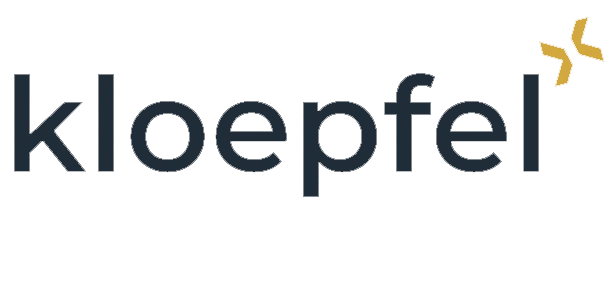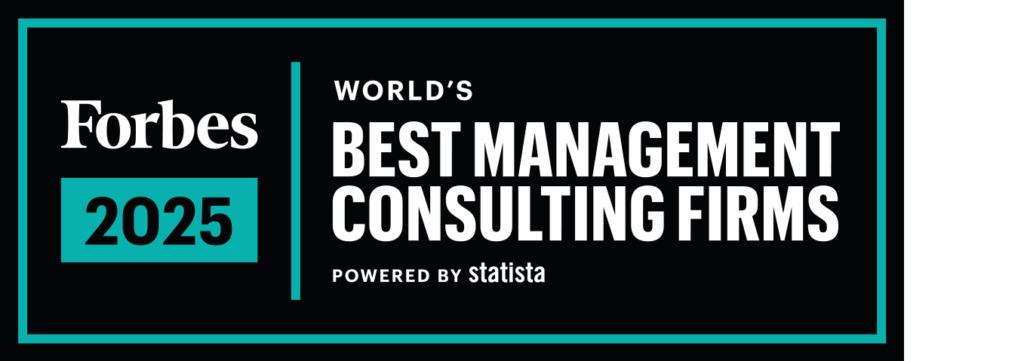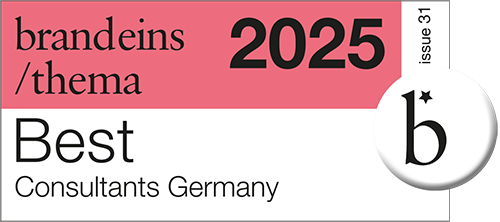WINI Office Furniture Georg Schmidt GmbH & Co. KG.
Industry: Office furniture
Products: Desks, storage solutions, reception, conference furniture, partition walls, lounge furniture, room acoustics
Employees: 220
Turnover: 35 million euros
Optimization measures, among others:
- Tenders and supplier days
- Workshops with existing suppliers to identify jointly realizable savings potential Value analyses
- Identification and qualification of alternative suppliers
Edited topics:
- Logistics, C-parts, drive technology, wood-based materials, external services (assembly, contract manufacturing, etc.), locks, material & overheads, purchased metal parts
Interview with Rudolf Bandick, Commercial Managing Director of WINI Büromöbel Georg Schmidt GmbH & Co. KG.
Were you skeptical or rather open-minded at the start of the project?
Rudolf Bandick: I was curious at the start of the project. On the one hand, I wondered what deficits in our work would be uncovered. But on the other hand, I was also hopeful about the know-how that would be imparted. Especially through the use of the Cost Control software. Put simply, this should help us to analyze what the suppliers' true product costs are in order to confront them in negotiations.
What were the biggest challenges at the start of the project?
Rudolf Bandick: The biggest challenge was to create a reasonable data basis. You have to know that we develop many customer-specific special solutions. For example, it is not uncommon for us to only order one-off quantities of a product. In this case, it is not always possible to optimize processes.
To what extent has the optimization project affected your security of supply and the quality of your products?
Rudolf Bandick: There were no adverse effects. The suppliers were not put off and took the optimization project in their stride.
To what extent does optimization have a lasting effect on your day-to-day business?
Rudolf Bandick: You have to take a differentiated view. Some savings only lasted for several months, as the relevant markets are constantly on the move. Other savings, on the other hand, will certainly last for several years. What was certainly good about the project was that our buyers were included in the negotiations. For example, they learned about argumentation chains, which still helps them in their day-to-day business today.
How would you describe the way the Kloepfel project team works in three words?
Rudolf Bandick: Very systematic, highly IT-efficient and very determined/results-oriented.
Joint project successes are also always dependent on people. We talk about being temporary colleagues in the projects. How did you feel?
Rudolf Bandick: The team was human and quickly got to grips with the company. They quickly developed a feel for what was feasible in negotiations and savings and where the limits were. However, you also noticed that the team was under a certain amount of pressure from the head office to achieve the best possible result. This is where the performance-based remuneration made itself felt.
Some suppliers first had to get used to seeing new Kloepfel faces at the negotiating table alongside the familiar contacts from your company. How did you experience these situations and what were the reactions of the suppliers? Rudolf Bandick: There were certain cultural differences between the sales people, the suppliers and the Kloepfel teams. For example, the consultants had an academic degree and were usually younger than the sales representatives, some of whom had over 30 years of experience. This sometimes led to initial reflexes of defiance and skepticism, but these usually gave way to appropriate respect.
What is your conclusion after the end of the project?
Rudolf Bandick: Our entire procurement was professionally combed through, and significant savings were achieved across the board. In addition, various conveniences and taboos were "aired out", which is always easier to do under the watchful eye of others.
Thank you very much for the interview!




